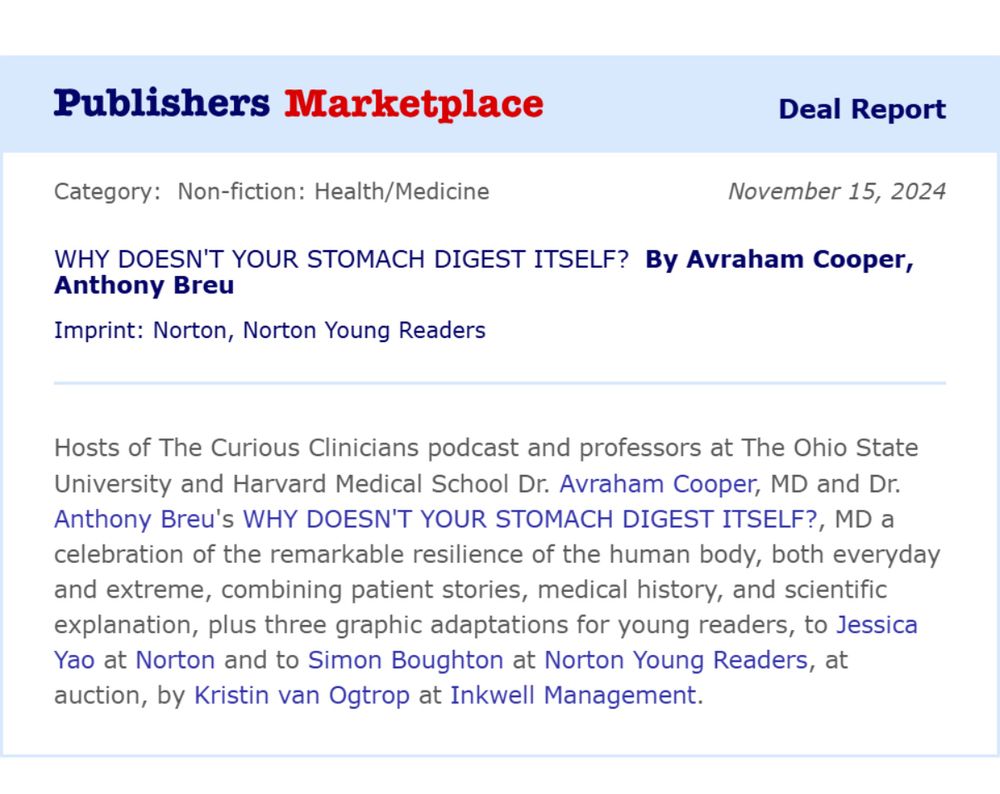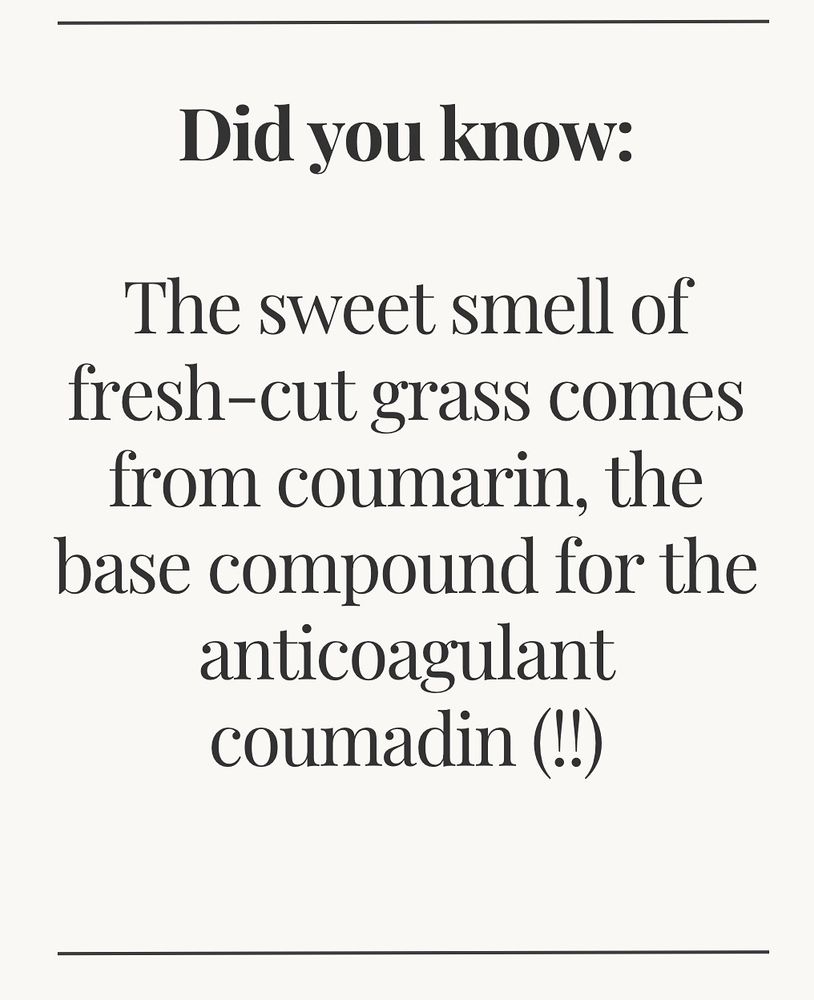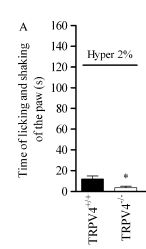Avraham Cooper
@avrahamcoopermd.bsky.social
1.4K followers
1.5K following
160 posts
Pulm/Crit physician, medical educator, The Curious Clinicians podcast
FORTHCOMING BOOK: WHY DOESN’T YOUR STOMACH DIGEST ITSELF? (W.W. Norton)
Posts
Media
Videos
Starter Packs
Pinned
Reposted by Avraham Cooper
Reposted by Avraham Cooper
Reposted by Avraham Cooper
Reposted by Avraham Cooper
Reposted by Avraham Cooper




















